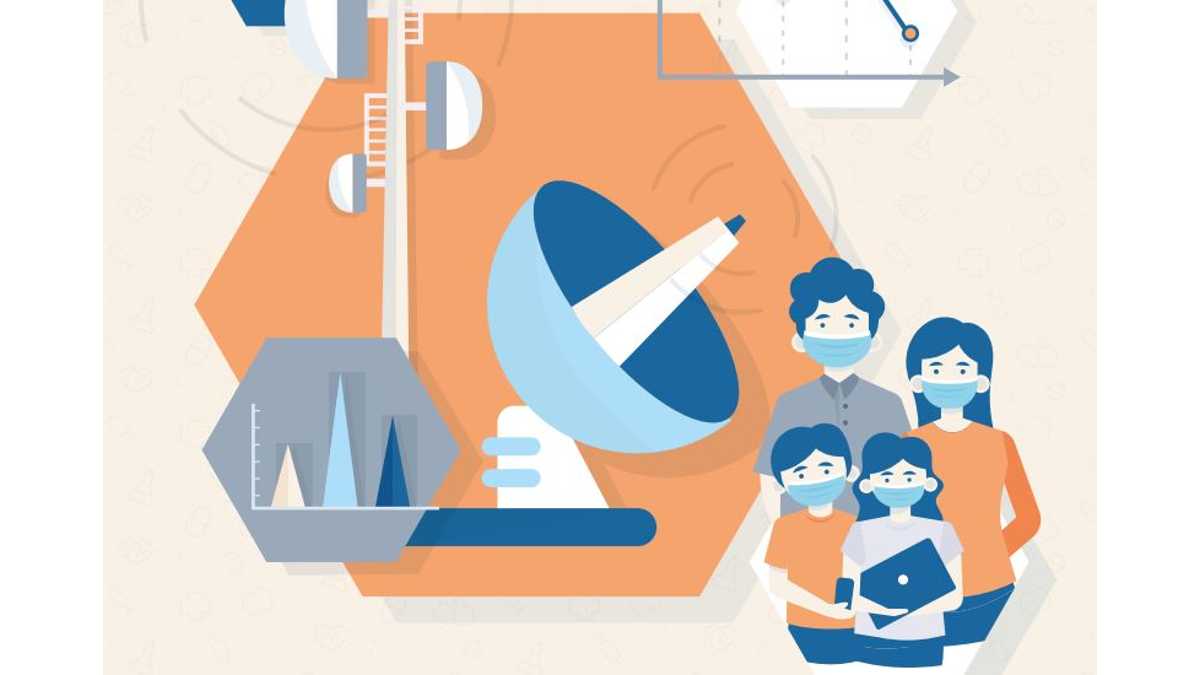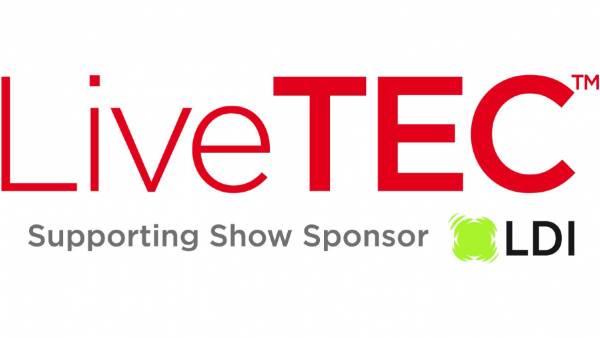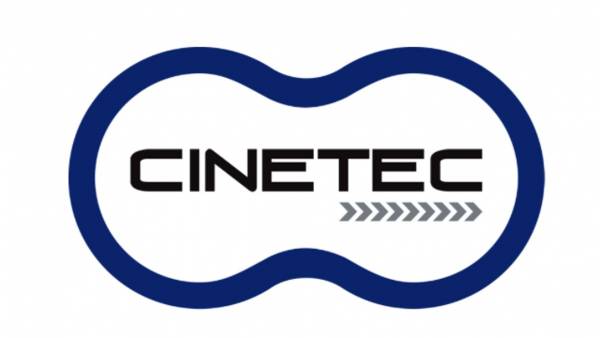Mexico. In recent days, the Federal Institute of Telecommunications (IFT) released its study "Analysis of the Telecommunications and Broadcasting sectors in 2020: Assessment of the effects of the health emergency" in which the evolution of this integral sector is detailed, as well as the growing access and use of Information and Communication Technologies (ICT) during the year 2020, of pandemic crisis and 'digital push' in the adoption of these services.
Sectoral GDP at Stable Levels. Although at the national level measured through the Gross Domestic Product (GDP), the pandemic significantly impacted the economy as a whole, the GDP of the convergent Telecommunications and Broadcasting (TyR) sector not only maintained its levels during the quarters of 2020, but even its contribution to the national productive apparatus retained its upward trajectory to stand at 3.1% of total GDP in the fourth quarter of 2020. Thus it is positioned as one of the largest participation in this macroeconomic variable.
Telecommunications Prices Down. In this regard, measured with the National Consumer Price Index (INPC) in its Communications component prepared by INEGI, the prices of these services registered a slight decrease during the four quarters of 2020, even in the context of the pandemic, to average an annual decrease in inflation of 1.0% during the year. In contrast, annual national inflation exceeded 3.0%.
Upward Investments in Real Terms. Even investments in the telecommunications sector reported by operators registered an increase of 6.5% discounting inflation. In its comparison with other countries, the exercise of resources for the formation of capital goods registered positive levels in 2020, in sharp contrast to the cases of Argentina (-25.5%), Brazil (-15.7%), Canada (-5.3%), Chile (-14.4%), Colombia (-14.1%), the United States (-0.4%) and Peru (-32.6%).
Increasing Access to Telecommunications Services. In 2020, it highlights that the digital push led to an acceleration in the contracting and adoption of connectivity, such that fixed broadband accesses increased 13.3% in annual terms, to reach 21.9 million, a figure equivalent to an adoption level of 62 accesses per 100 households. In terms of Internet users, its accounting amounted to 84.1 million (4.3% more than in 2019) or 72% of the population aged six and over in Mexico.
Upstream Connectivity Consumption. Precisely, another of the indicators that illustrates this upward trajectory in the access and use of the Internet among Mexicans, is the average of data used by mobile users expressed in gigabytes (GB). In the ANALYSIS OF THE IFT, it is pointed out that this indicator reached a level of 4.9 GB for each mobile user in 2020, that is, all those who own a cell line. This is different from the 3.8 GB average that results from accounting only for mobile broadband (BAM) users.
This study consolidates all the main indicators of the T&R sectors and analyzes the effects of the 2020 health emergency on its evolution. However, it is necessary to insist on the need to have detailed, consistent over time, robust and timely information, since it constitutes an essential input to develop strategic analysis and proceed to the making of investment, regulatory, and competitive structure decisions, especially in these times of health and macroeconomic crisis.
Today, although complete information on the dynamics and structure of these markets is already public, there is still a significant temporary lag in its publication that prevents a timely and timely monitoring of the sectoral evolution.
Text written by Ernesto Piedras, from The Competitive Intelligence Unit, CIU.


























Leave your comment